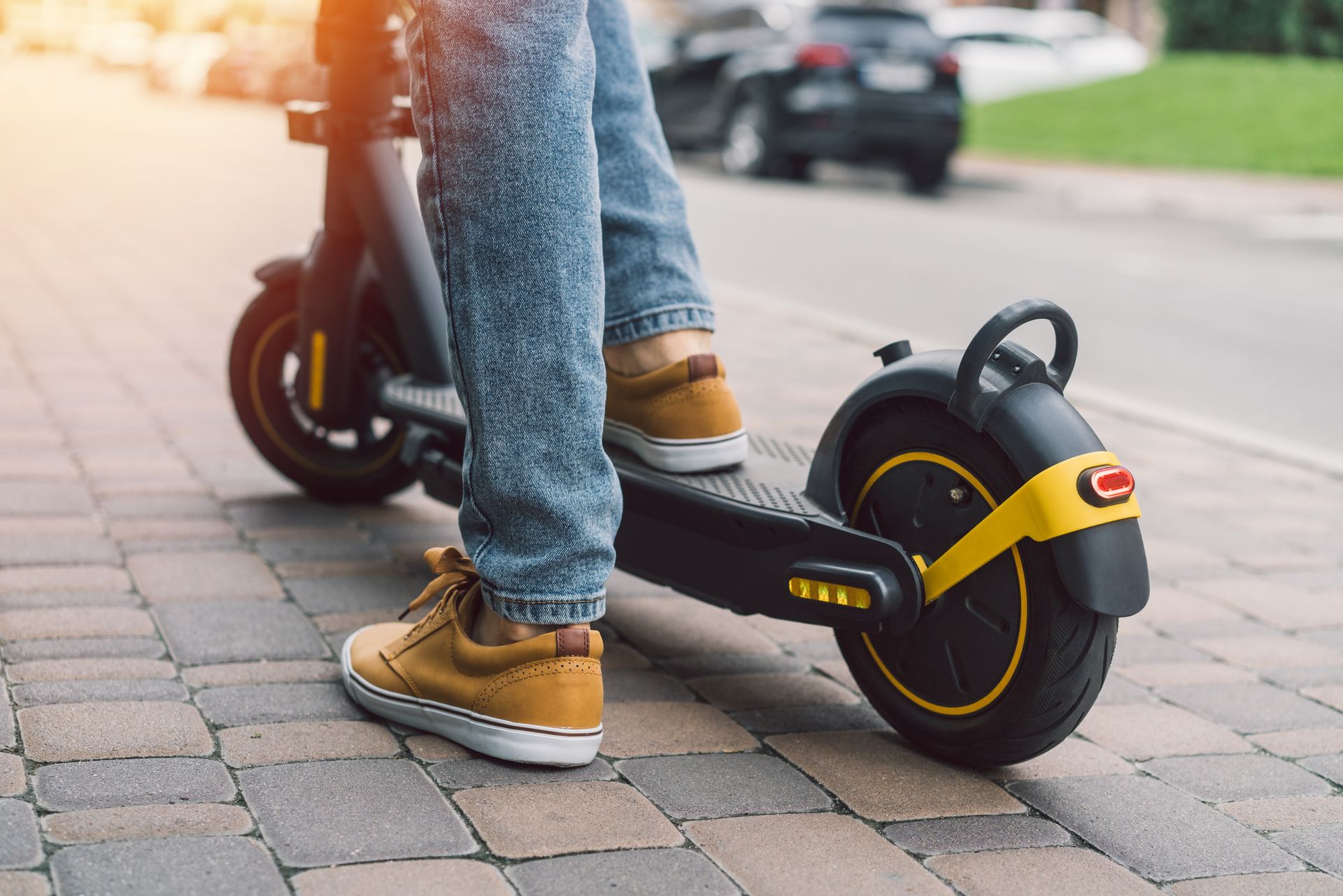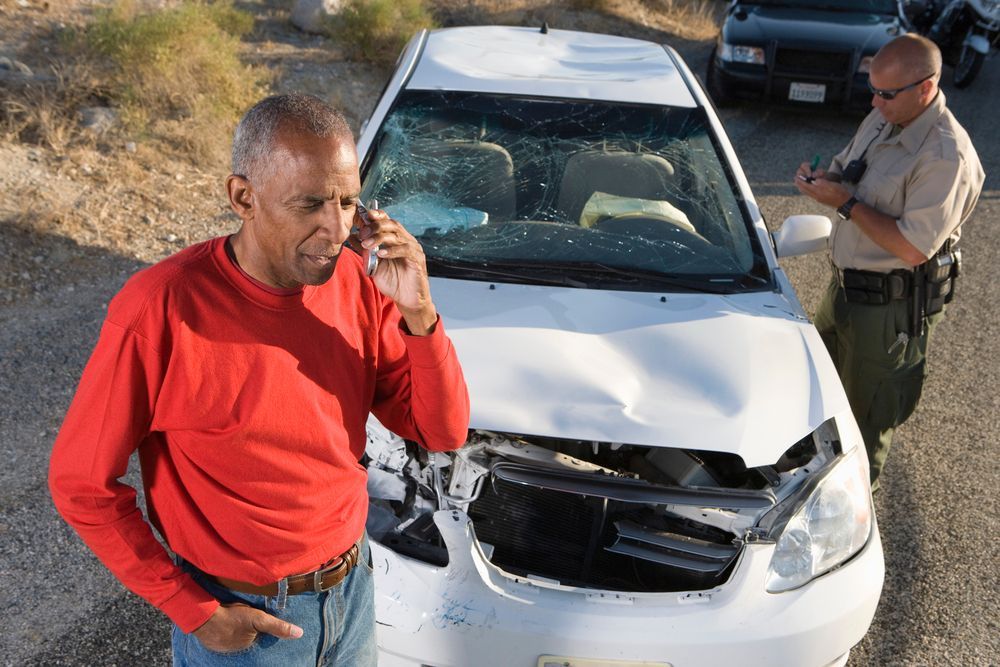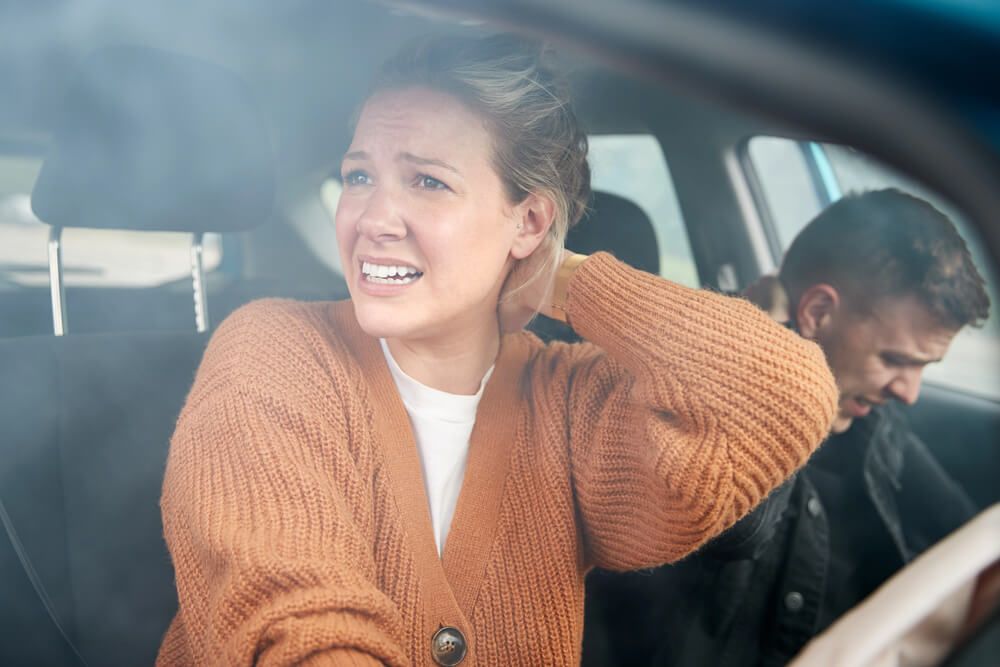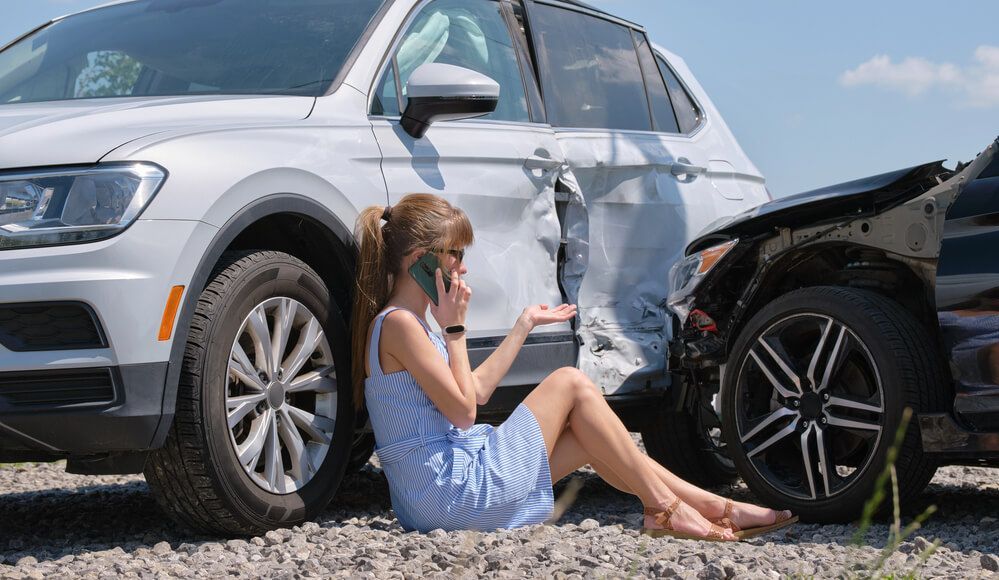California Electric Scooter Laws: What You Should Know Before You Ride
Recent Blog Posts
California Electric Scooter Laws: What You Should Know Before You Ride

Electric scooters (often called “e-scooters”) have become a popular, eco-friendly way to get around cities and suburbs in California. But riding an e-scooter safely and legally requires awareness of specific state laws, traffic rules, and risks. This guide covers the key points of California’s e-scooter laws, your rights and responsibilities, and practical safety tips.
Why It Matters
E-scooters can reach speeds, share narrow bike lanes, and weave through traffic—making accidents more likely if riders or motorists make mistakes. If you're injured in a collision or your rights are violated, knowing the applicable laws can make a big difference. As a law firm serving people who have suffered personal injuries, we often see cases involving e-scooters. Understanding the legal landscape helps riders stay safer—and know when they may have a claim.
1. Legal Basics: Definitions & Applicability
- Under California law, an electric scooter (also called a “motorized scooter”) is generally defined as a two-wheeled vehicle equipped with a battery, floorboard, and handlebars. It is a distinct category from bicycles, e-bikes, mopeds, or motorcycles.
- The state does not require registration with the DMV for e-scooters, and you typically do not need to carry separate insurance specific to the scooter itself (though this can vary in local jurisdictions or shared scooter programs).
- E-scooter riders must comply with many of the same traffic laws that apply to motor vehicles or bicycles, unless those laws are inapplicable by nature (for example, you don’t need a license plate).
2. Key Rules You Must Follow
Below are the most critical rules that e-scooter riders in California should know:
Helmet Requirement for Minors
- Riders under 18 are legally required to wear a bicycle helmet while riding an e-scooter.
- Adults (18 and over) are currently not required by state law to wear a helmet—though from a safety standpoint, helmet use is strongly advised.
Speed Limit
- The maximum speed for e-scooters is 15 miles per hour (mph).
- Exceeding this speed limit can lead to traffic citations.
Where You Can Ride: Bike Lanes, Roads, and Sidewalks
- If there is a Class II bike lane available (a designated bicycle lane with pavement markings), you must use it when riding an e-scooter.
- Exceptions allow you to leave the bike lane to:
- 1. Pass slower vehicles or pedestrians,
- 2. Prepare for a left turn,
- 3. Avoid hazards or debris, or
- 4. Turn right.
- If no bike lane is available, you may ride on the roadway, provided the road’s speed limit is 25 mph or less.
- E-scooters are not allowed on sidewalks, except when entering or exiting property (e.g. crossing the sidewalk to access a driveway or curb).
- You also cannot ride through crosswalks as if they were sidewalks.
Turning Left: Dismounting Rule
- California law requires that, for a left-hand turn, the rider must:
- Stop at the right curb,
- Dismount the scooter,
- Cross the street on foot as a pedestrian.
Valid License or Permit Required
- You must have a valid driver’s license or instruction permit (learner’s permit) to operate an e-scooter in California.
- This requirement ensures riders are familiar with general traffic laws. No Passengers & Single Rider Only
- California law prohibits carrying passengers on e-scooters (often called “double-riding”). Only one rider per scooter is allowed.
Other Requirements & Provisions
- The scooter’s motor must disengage when braking, and it should be equipped such that you must hold a control (e.g. throttle) to keep it active (so it stops when you let go).
- You must obey all applicable traffic laws—stop signs, traffic lights, right-of-way rules, etc.
- Operating under the influence of alcohol or drugs on an e-scooter can lead to DUI charges, just as with other motor vehicles.
- You are prohibited from operating on roads with posted speed limits above 25 mph unless there is a bike lane or bicycle path applicable.
3. Local Rules & Permits
While state law sets the baseline, many cities impose additional rules or permitting for shared e-scooter operators (e.g., Bird, Lime, Spin). For example, San Francisco requires operating permits and enforces stricter rules on sidewalk riding, accessible parking, and battery safety.
Always check your city or county’s local ordinances for extra restrictions or safety requirements before riding.
4. What to Do If You’re Injured
Even if you follow all the rules, accidents can still happen—especially when motorists, pedestrians, or infrastructure defects are involved. If you are in an e-scooter accident, consider:
- Seek medical attention right away, even for seemingly minor injuries.
- Document the scene: photos, witness statements, and location details.
- Report the incident to local police if required or beneficial to your case.
- Preserve evidence (e.g. the scooter, parts, damage).
- Talk to an experienced personal injury attorney who understands micro-mobility law and how to evaluate liability (motorist fault, road hazards, scooter defects, municipal liability, etc.).
Because e-scooter laws intersect with vehicle laws, liability for injuries may involve multiple parties (other drivers, municipalities, scooter owners/operators). Having a legal advocate can help protect your rights, negotiate with insurers, and pursue fair compensation.
5. Practical Safety Tips
- Always wear a helmet—even if you're over 18 and not legally required to do so.
- Observe speed limits, and slow down in congested or unfamiliar areas.
- Use bike lanes when available, but be prepared to leave them safely for turns or hazards.
- Make turns (especially left turns) carefully—and follow the dismount rule when required.
- Yield to pedestrians; avoid sidewalks.
- Be visible: use lights at night, wear reflective gear, and signal turns.
- Avoid distractions (phone use, headphones).
- Inspect your scooter before riding (brakes, tires, battery).
6. Why Having a Lawyer Matters
If you're injured or suffer damages from an e-scooter accident, navigating insurance claims and liability can be complex. Issues may include:
- Determining whether a motorist was negligent
- Whether a city or property owner is responsible for road defects
- Whether the scooter or battery was defective
- Apportioning fault (shared liability)
- Dealing with insurers who may undervalue or deny your claim
A law firm experienced in transportation, personal injury, and micro-mobility litigation can help assess your case, negotiate on your behalf, and advocate to get you fair compensation.
Electric scooters offer a fun, green, and convenient way to get around, but riding them safely and legally in California means understanding the rules. Know where you can ride, how fast you can go, when you must dismount, and when you need a license. If accidents happen despite your precautions, you have legal rights and options.
If you or a loved one have been injured in an e-scooter accident in California and want to explore your legal options, we’re here to help. Contact Sargon Law Group for a free consultation to review your case and protect your rights.





